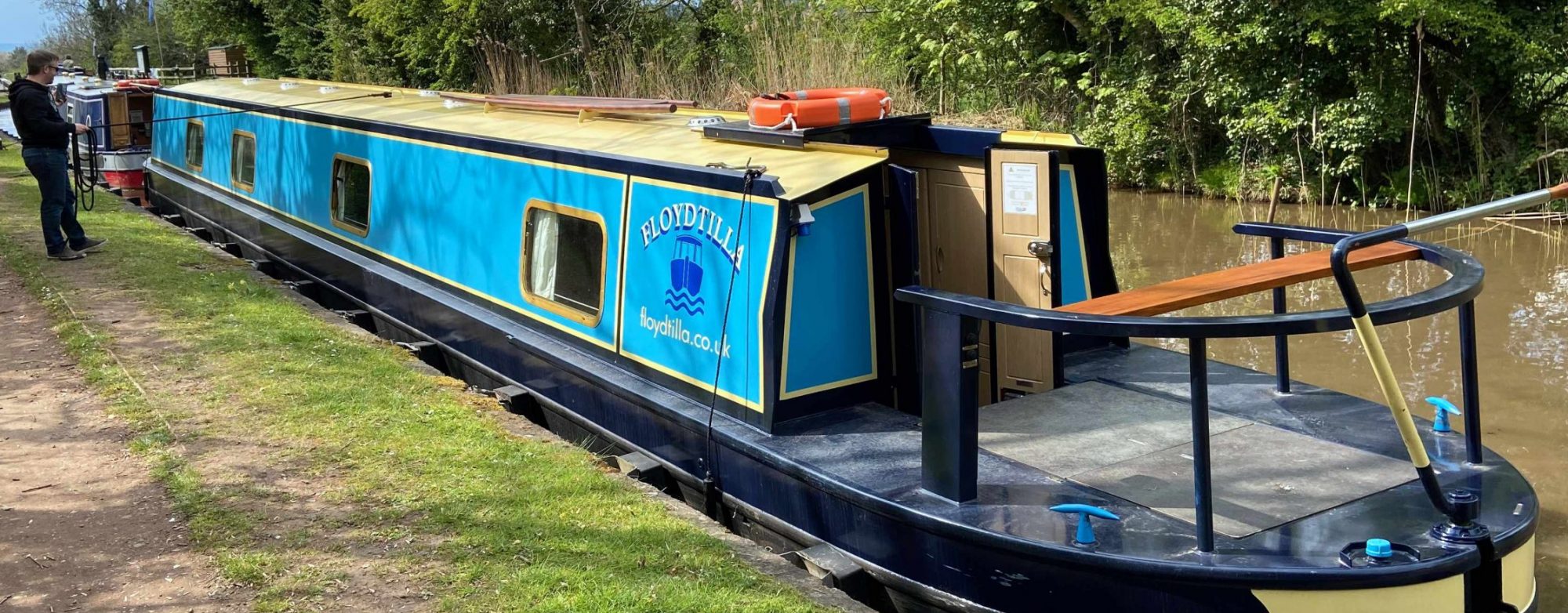After a lot of hunting around and looking at lots of different web sites I ended up purchasing 25 Meters of both Red and Black 6mm Solar PV cable from Superlec Direct who at the time seemed to have the best per meter price for this length at 99p per meter plus VAT (£1.19) with free delivery for orders over £50. I also added some MC4 connector to the order as these also seemed reasonably priced.

I could have used 4mm cable for this and made a small saving, but just to cover future upgrades and I don’t what to have to do this twice I went with the 6mm cable, also this is the maximum the MC4 connectors can handle.
If you have been following this blog you will know I purchased a Victron SmartSolar MPPT 100/50 a few weeks ago, and the manual for this recommend a fuse between this and the batteries of between 55 & 70 Amps for this I have selected a RED WOLF 60 amp Circuit Breaker which came in the end from Amazon.co.uk

This comes in midway between the Victron requirements, we will see how well this operates when it arrives.
Reading and watching all I can find on installing fuses and circuit breakers in solar systems, most of the ready-made kits I have seen for canal boats do not include any isolators or fuses.
In domestic systems there are always large breakers and fuses as a domestic solar array will be much larger and we are then working with much higher voltages often over 350V for a just a small 4Kw PV array, so much more dangerous in terms of power and much greater risk to life from electrocution.
What does a fuse/circuit breaker do?
A fuse in a circuit is to protect the wiring and other devices from excessive current flow that could damage them, it is designed to blow before any further damage can be done.
Fitting fuses/circuit breakers between the Solar Panels and the MPPT Controller?
The solar panels have a rating for “Series Fuse Rating” which in our case is approx 20Amps which is the maximum Amps this panel can withstand being dumped into it without damage . In our case with the panels in series our max output will be about 10.5 Amps, so we are well within that and safe without fuses on each panel.
But If we wired the array in parallel, then the Amps would increase with each panels fitted, if a panel failed the output of the others would find the route of least resistance through the broken panel, potentially exceeding the 20A “Series Fuse Rating”, to prevent this from becoming a problem, 15A fuses should be fitted for each panel in the array so that in the case of a problem the faulty panel is disconnected from the array before any damage is done.
Next week we will be selecting and ordering the panels and hopefully also deciding on the mounting system so I can get them delivered direct to the marina ready for my next visit.
Also see
Planning for Solar Panels – Part 1
Planning for Solar Panels Part 2 – Panel Mounting Options
Planning for Solar Panels Part 3 – Types of Panels
Planning for Solar Panels Part 4 – MPPT vs PWM solar controllers
Planning for Solar Panels part 5 – Cable sizes, lengths and resistance.
Planning for Solar Panels part 6 – Panels in Serial or Parallel
Planning for Solar Panels part 7 – Buying the cable and Circuit breakers
Planning for Solar Panels part 8 – Buying Solar Panels and Mountings
Planning for Solar Panels part 9 – Wiring
Planning for Solar Panels part 10 – Drilling, Tapping and Fitting


2 Replies to “Planning for Solar Panels part 7 – Buying the cable and Circuit breakers”
Comments are closed.